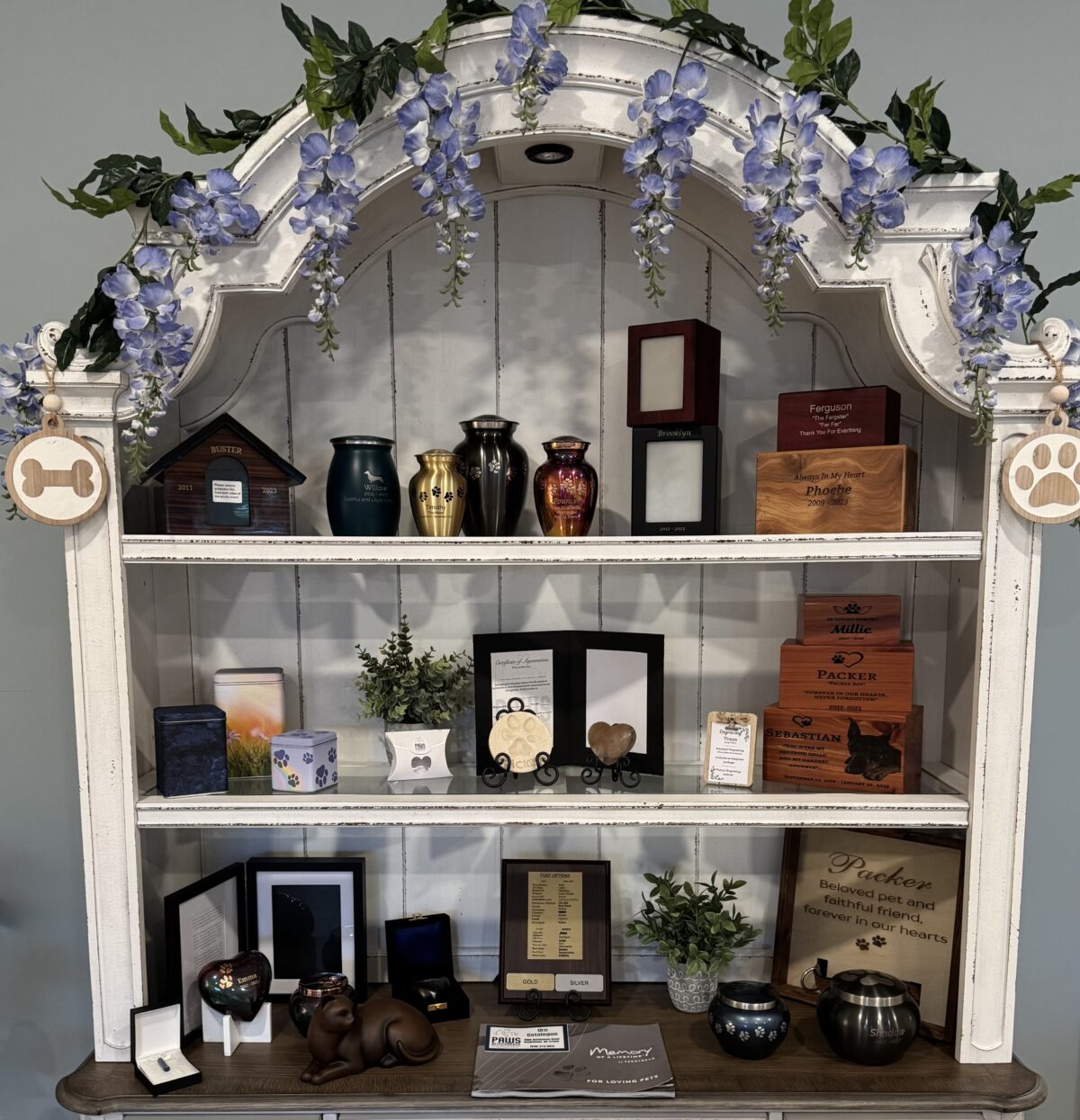A Gentle Farewell for Your Beloved Companion
Losing a pet is one of the most heartbreaking experiences for any pet owner. In such moments, finding a way to honor and cherish the memories of your pet becomes essential. Paws Remembered Pet Aquamation Service offers a compassionate and eco-friendly alternative to traditional cremation, helping you say goodbye to your furry friend with dignity.
What is Aquamation?
Aquamation, also known as water cremation or alkaline hydrolysis, is a gentle and sustainable process that uses water, low heat, and a small amount of alkali to break down organic materials. Unlike traditional cremation, which uses high heat and can release harmful gases, aquamation is a cleaner, more environmentally responsible option.
During the aquamation process, the pet’s body is placed in a chamber where it is exposed to a mixture of warm water and alkali solution. Over several hours, the body is naturally broken down, leaving behind only bone fragments. These bones are then processed into a fine powder, similar to ashes from cremation, and returned to the pet owner in a keepsake urn.
Why Choose Aquamation?
Aquamation is not only an eco-friendly choice, but it also provides a more gentle way to say farewell to a pet. The process is less traumatic compared to high-heat cremation, ensuring that your pet is treated with the utmost respect and care. Plus, it offers a greener solution, as it uses significantly less energy and produces no harmful emissions.
At Paws Remembered Pet Aquamation Service, we understand the deep bond between pets and their owners. Our team is committed to helping families honor their pets’ lives in a meaningful and respectful manner, making the transition a little easier during such an emotional time.



